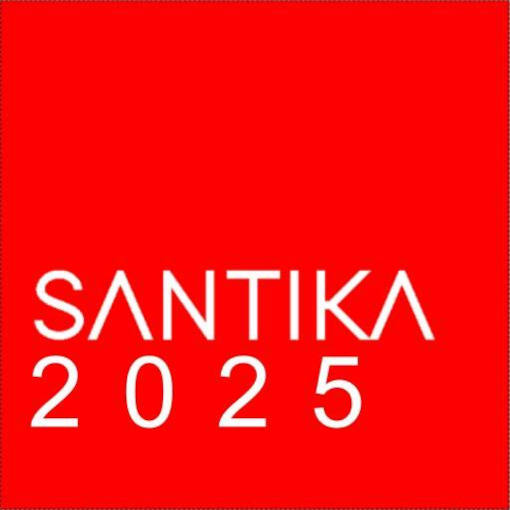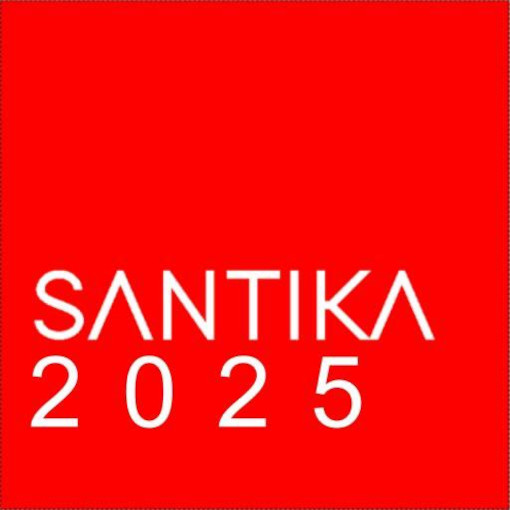Penerapan Metode Convolutional Neural Network untuk Klasifikasi Penyakit Daun Apel pada Imbalanced Data
DOI:
https://doi.org/10.33005/santika.v1i0.46Keywords:
Penyakit Daun Apel, Klasifikasi Citra Digital, Convolutional Neural Network, InceptionV3, Confusion MatrixAbstract
Menurut data produksi buah-buahan di Indonesia yang dipublikasikan oleh BPS, produksi apel pada tahun 2017 mengalami penurunan sebesar 3.3% atau sejumlah 10.780 ton dari tahun 2016 yang menghasilkan sebanyak 329.780 ton. Hal itu disebabkan oleh berbagai penyakit yang sering terjadi pada produksi apel, oleh karena itu pendeteksian penyakit daun apel yang tepat waktu menjadi sangat penting untuk industri apel yang berkembang dengan sehat. Sehingga dibutuhkan sistem yang efektif seperti klasifikasi citra digital pada tanaman. Metode yang digunakan pada penelitian ini merupakan adalah Convolutional Neural Network (CNN) dengan arsitektur InceptionV3. Penelitian ini menggunakan dataset Plant Pathology 2020 - FGV C7 sebanyak 1821 data citra dengan 4 kelas. Data dibagi menjadi 3 set data (latih, validasi, dan uji) dengan rasio 70:10:20. Hasil pengujian dievaluasi dengan menggunakan data uji, untuk proses evaluasi menggunakan confusion matrix. Berdasarkan hasil pelatihan mencapai akurasi 96.37%. Pad pengujian hasil akurasi pada masing-masing kelas sebesar 90,6%, 62,3%, 94,3%, dan 92%.
References
Anggara, Dewi Shinta Tia, et al. “KENDALA PRODUKSI APEL (Malus sylvestris Mill) Var. MANALAGI DI DESA PONCOKUSUMO KABUPATEN MALANG.” Jurnal Produksi Tanaman, vol. Vol. 5 No. 2, 2017, pp. 198-207. ISSN: 2527-8452.
Jiang, Peng, et al. “Real-Time Detection of Apple Leaf Diseases Using Deep Learning Approach Based on Improved Convolutional Neural Networks.” IEEE Access, vol. Volume 7, no. 2019, 2019. 10.1109/ACCESS.2019.2914929.
Subdirektorat Statistik Hortikultura. Statistik Tanaman Buah-Buahan dan Sayuran Tahunan Indonesia 2018. vol. 5205010, Jakarta, Badan Pusat Statistik, 2019. 05120.1901
Dutot, M., et al. “Predicting the spread of postharvest disease in stored fruit, with application to apples.” Postharvest biology and technology, vol. 85, no. 4, 2013, https://doi.org/10.1016/j.postharvbio.2013.04.003.
Yuan, Lin, et al. “Spectral analysis of winter wheat leaves for detection and differentiation of diseases and insects.” FIeld Crops Research, vol. 156, 2014, pp. 199-2017. https://doi.org/10.1016/j.fcr.2013.11.012.
Qin, Feng, et al. “Identification of Alfalfa Leaf Diseases Using Image Recognition Technology.” 2016. https://doi.org/10.1371/journal.pone.0168274.
Torkoglu, Muammer, et al. “Multi-model LSTM-based convolutional neural networks for detection of apple diseases and pests.” Ambient Intelligent and Humanized Computing, 2019. 10.1007/s12652-019-01591-w.
Nachtigall, Lucas G., et al. “Classification of Apple Tree Disorders Using Convolutional Neural Networks.” IEEE Computer Society, no. IEEE 28th International on Tools with Artificial Intelligence, 2016. DOI 10.1109/ICTAI.2016.75.
Fang, Tao, et al. “Identification of Apple Leaf Diseases Based on Convolutional Neural Network.” Springer Nature Switzerland, no. ICIC 2019, LNCS, 2019, pp. 553-564. https://doi.org/10.1007/978-3-030-26763-6_53.
Baranwal, Saraansh, et al. “Deep Learning Convolutional Neural Network for Apple Leaves Disease Detection.” International Conference Sustainable Computing in Science, Technology & Management (SUSCOM-2019), 2019.
Zhong, Yong, and Ming Zhao. “Research on deep learning in apple leaf disease recognition.” Computers and Electronics in Agriculture, vol. 168, 2020. https://doi.org/10.1016/j.compag.2019.105146.
Thapa, Ranjita, et al. “The Plant Pathology 2020 challenge dataset to classify foliar disease of apples.” Computer Vision and Pattern Recognition, 2020, https://arxiv.org/abs/2004.11958. Diakses pada 22 Oktober 2020.
F. Chollet, “Building powerful image classification models using very little data,” 2016. [Online]. Available: https://blog.keras.io/buildingpowerful-image-classification-models-using-very-little-data.html. Diakses pada 22 Oktober 2020.
S. Albawi, T. A. Mohammed, and S. Al-Zawi, “Understanding of a convolutional neural network,” in Proceedings of 2017 International Conference on Engineering and Technology, ICET 2017, 2018, doi: 10.1109/ICEngTechnol.2017.8308186.
Q. Zhang, M. Zhang, T. Chen, Z. Sun, Y. Ma, and B. Yu, “Recent advances in convolutional neural network acceleration,” Neurocomputing, vol. 323, pp. 37–51, 2019, doi: 10.1016/j.neucom.2018.09.038.
J. Guérin, O. Gibaru, S. Thiery, and E. Nyiri, “CNN Features are also Great at Unsupervised Classification,” pp. 83–95, 2018, doi: 10.5121/csit.2018.80308
Nadia Ramadhani, Janson Hendryli, dan Dyah Erny Herwindiati. Pencarian Objek Wisata Bersejarah di Pulau Jawa Menggunakan Convolutional Neural Network. Jurnal Ilmu Komputer dan Sistem Operasi. Universitas Tarumanagara. Jakarta. Diakses pada 22 Oktober 2020.
Ezz El-Din Hemdan, Marwa A. Shouma, Mohamed Esmail Karar, IEEE Member. CovidX-Net: A Framework of Deep Learning Classifiers to Diagnose Covid-19 in X-Ray Images. Available: https://arxiv.org/abs/2003.11055. Diakses pada 22 Oktober 2020
Aditya Yanuar. Inception Network. Available: http://machinelearning.mipa.ugm.ac.id/2018/08/10/inception-network/. Diakses pada 22 Oktober 2020
Hidayat, Ardi, et al. “DETECTION OF DISEASE ON CORN PLANTS USING CONVOLUTIONAL NEURAL NETWORK METHODS.” Jurnal Ilmu Komputer dan Informasi, vol. 12, no. 1, 2019, pp. 51-56.
V. Bushaev, “Adam — latest trends in deep learning optimization.,” 2018. [Online]. Available: https://towardsdatascience.com/adam-latesttrends-in-deep-learning-optimization-6be9a291375c. Diakses pada 22 Oktober 2020
D. P. Kingma and J. L. Ba, “Adam: A method for stochastic optimization,” 3rd Int. Conf. Learn. Represent. ICLR 2015 - Conf. Track Proc., pp. 1–15, 2015.
Categorical Cross Entropy [Online]. Available: https://peltarion.com/knowledge-center/documentation/modeling-view/build-an-ai-model/loss-functions/categorical-crossentropy. Diakses pada 23 Oktober 2020
S. Ghoneim, “Accuracy, Recall, Precision, F-Score & Specificity, which to optimize on?,” [Online] https://towardsdatascience.com/accuracy-recall-precision-f-scorespecificity-which-to-optimize-on-867d3f11124 . Diakses pada 23 Oktober 2020.







